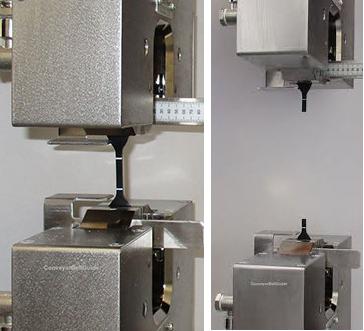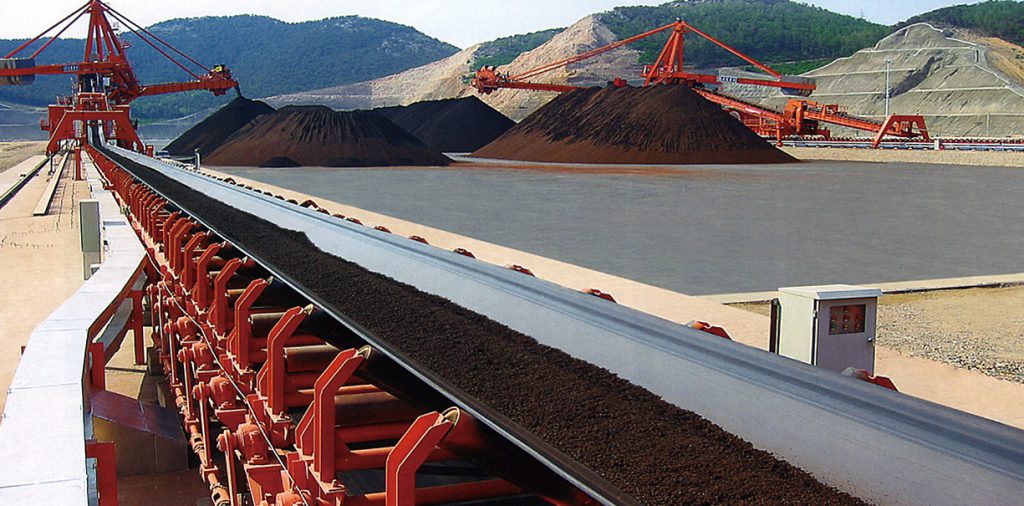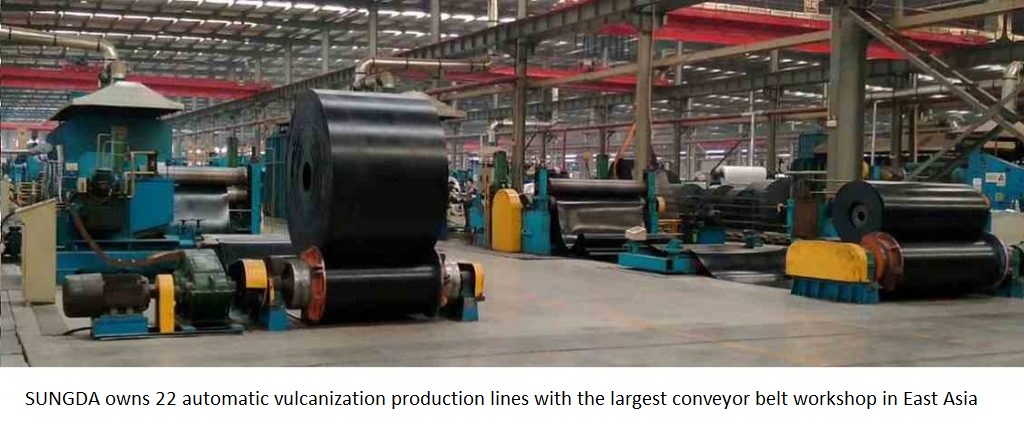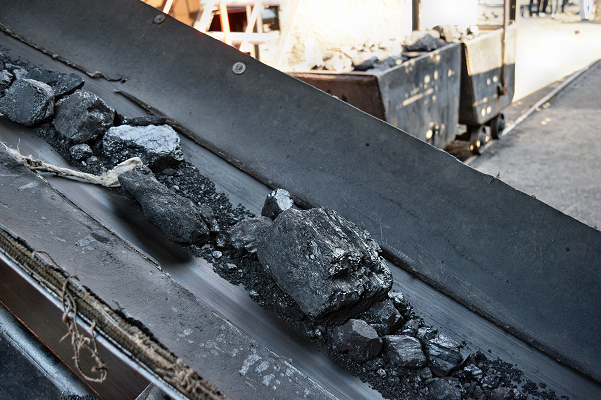Doing the following three points will make your conveyor belt run fast and stable
The axis of the drive conveyor pulley or tail conveyor pulley is not perpendicular to the conveyor centerline, causing the conveyor belt to deviate from the drive conveyor pulley or tail conveyor pulley.
When the conveyor pulley is skewed, the tension of the conveyor belt on both sides of the conveyor pulley is inconsistent, and the traction force F in the width direction is also inconsistent, which increases or decreases. This will cause the conveyor belt to add a F1 in the decreasing direction. , Causing the conveyor belt to run away from the loose side, so-called; running loose does not run tight;. The adjustment method is: if the drive conveyor pulley is deviated to the right side of the conveyor pulley, the bearing seat on the right side should be moved forward, and if the conveyor belt is deviated to the left side of the conveyor pulley, the bearing seat on the left side should be forward If it is moved, the left bearing housing or the right bearing housing can also be moved backwards if absolutely necessary. The adjustment method of the tail conveyor pulley is opposite to that of the head conveyor pulley. After repeated adjustments, the conveyor belt is adjusted to a more ideal position. It is better to set the position correctly before adjusting the driving or changing to the conveyor pulley.
![]()
2. The processing error of the surface of the conveyor pulley, the uneven material or the uneven wear cause the diameter to be different, and the conveyor belt will deflect toward the side with the larger diameter. So-called; run big diameter not run small diameter;. The force situation is shown in Figure 4: The traction force Fq of the conveyor belt generates a moving component force Fy toward the larger diameter side. Under the action of the component force Fy, the conveyor belt deviates. In this case, the solution is to clean the nominal sticky material of the conveyor pulley. If the processing error and wear are uneven, it must be replaced and reprocessed to cover rubber lagging.
- The unloading position at the transfer point is not correct, the conveyor belt deviation is caused. The drop position of the material at the transfer point has a great influence on the deviation of the conveyor belt, especially on the top conveyor and this conveyor. The effect is greater when the projection of the horizontal plane is vertical. Generally, the absolute height of the two belt conveyors at the transfer point should be considered. The lower the absolute height, the greater the horizontal velocity component of the material, the greater the lateral impact force Fc on the lower belt, and the material is also difficult to center. The material on the cross section of the conveyor belt is deflected, and the horizontal force Fy of the impact force Fc eventually causes the belt to deviate. If the material deviates to the right, the belt will deviate to the left and vice versa.

conveyor belt adjustment
Tags: belt off tracking adjust,EP conveyor belt










